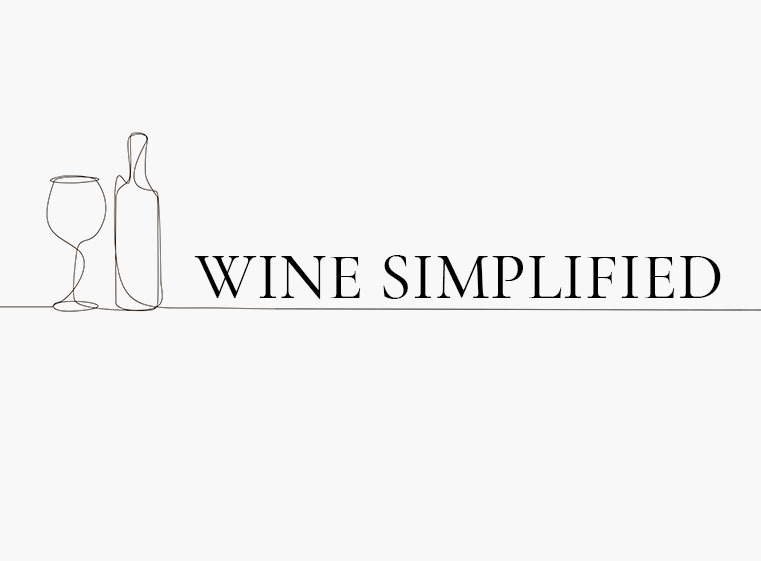Our customer Andrew writes: “I really want to understand what “minerality” means when applied to wine. Does “exhibits minerality” = “not fruity” or what? Thanks.”
Aaaaaand away we go!
Wine Term: Minerality
Variations: Flint, Wet Stones, Gun Flint, Flinty, Pebbles, River Stones, Slate
Alternate Usages: Dry, Austere, Chalky
What it really means: je ne sais quoi (direct translation: I do not know what)
Ok, this is always a tough one as scientists and wine experts cannot agree on what this really is, but it generally comes from cooler climate wines grown in pebble-y soils.
Minerality as a descriptor has no definition, so let’s get that out of the way (see all the above alternate versions and usages – pretty broad scope of terms and definers).
The best way to experience this aspect in real life isn’t the most widely available or socially acceptable (available: getting 2 pieces of chalk specifically from the South Downs in England and rubbing them together; not so acceptable: get some pebbles or stones from a river and put them in your mouth – for health reasons, we highly suggest not doing this).
An acceptable method would be to get a river stone, head home and thoroughly wash and dry it, then submerge it in water for a while before tasting the cleaned, wet stone to get a sense of what the winemakers mean when they say “minerality” – and even then, it may not quite be the correct stone to represent that flavor, so even this method has its flaws.
The French word “terroir” encompasses the aspects of “minerality” but is not fully defining of this characteristic, nor does “minerality” begin to cover the beautiful range of facets that “terroir” itself covers, it actually pales in comparison.
If you’re into Japanese food concepts, in some context you can describe “minerality” as the “umami” of the wine world – essentially the 5th element of wine.
For the record, WSET students are dissuaded from using the term on exams, verbal and written, due to its je ne sais quoi nature as a descriptor. So why then do we hear it so often in wine tasting notes, and even from professional Sommeliers?
How to effectively use it:
First, know it’s THE current buzzword in the wine marketing world. You’ll read or hear it everywhere, largely in reference to white wines, but in reference to red wines as well.
Next, it does not in any way reflect the fruit aspects of a wine. Anyone saying something like “a mineral dipped cherry” or some crap like that is full of doo-doo and you should be able to smell that a mile away (and listen to less than nothing more that they have to say). “Minerality” begins right where the fruit of a wine ends.
Lastly, like many wine descriptions, minerality is less about an exact, put-your-finger-on-it flavor, and is used more to invoke a sense of place and time – a memory. As we’ve stated before, Bob Ross wasn’t actually making happy clouds, just moving paint on a canvas to evoke a memory of a happy cloud from you, the viewer.
Bad idea: “The wine tastes like wet rocks.”
Better approach: “I get hints of wet stones.”
Best approach: “The wine exhibits a beautifully austere chalk-y minerality, reminiscent of wet river stones with a hint of flint.”
You walked into the tasting room like anybody else, you exited their star customer of the day, as you’ve shown a keen marketing sense while defining the characteristics that drive the prized umami of their creation. Go you!

